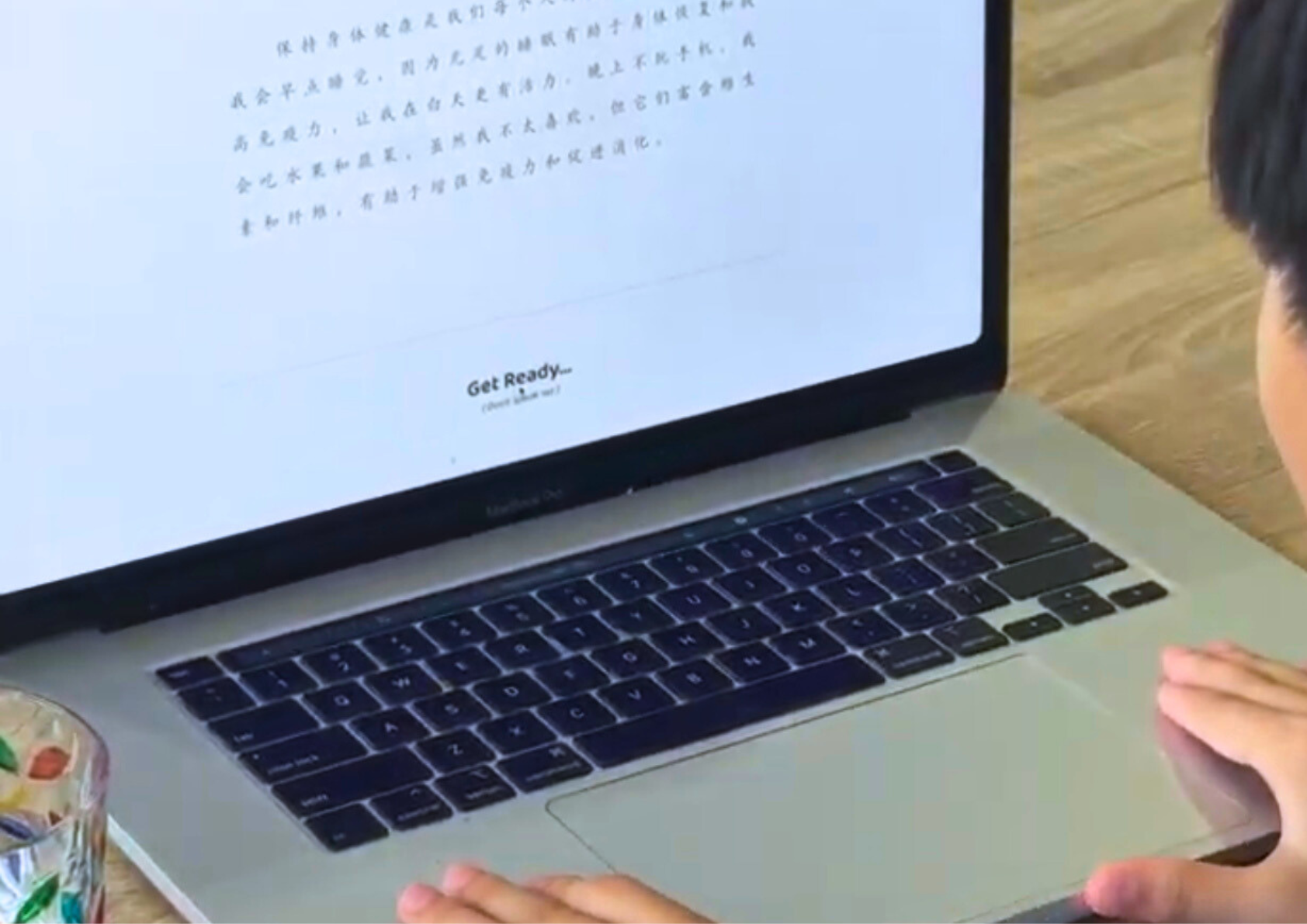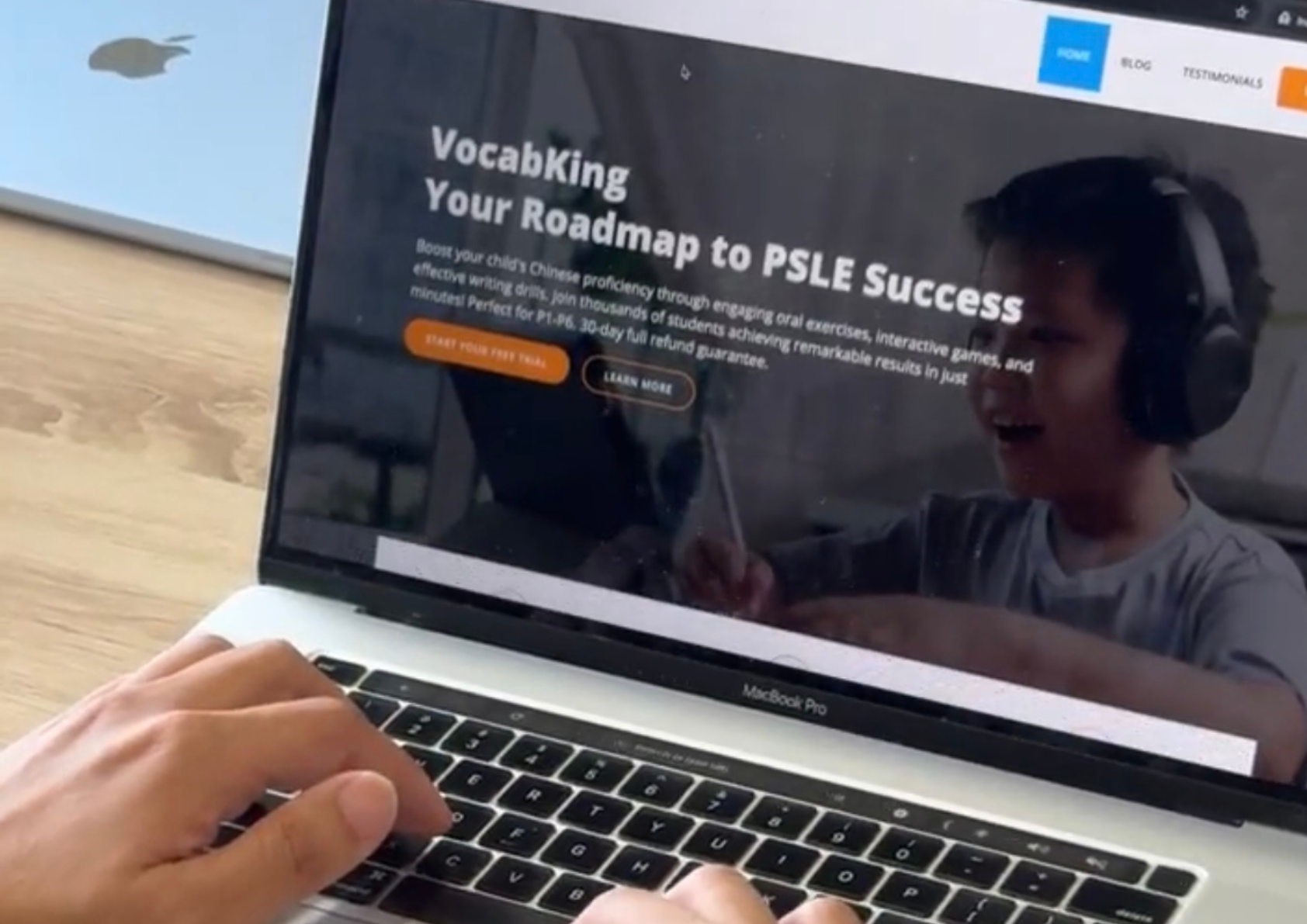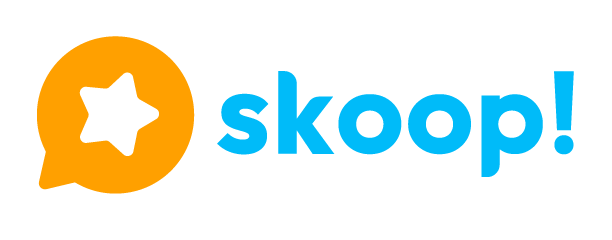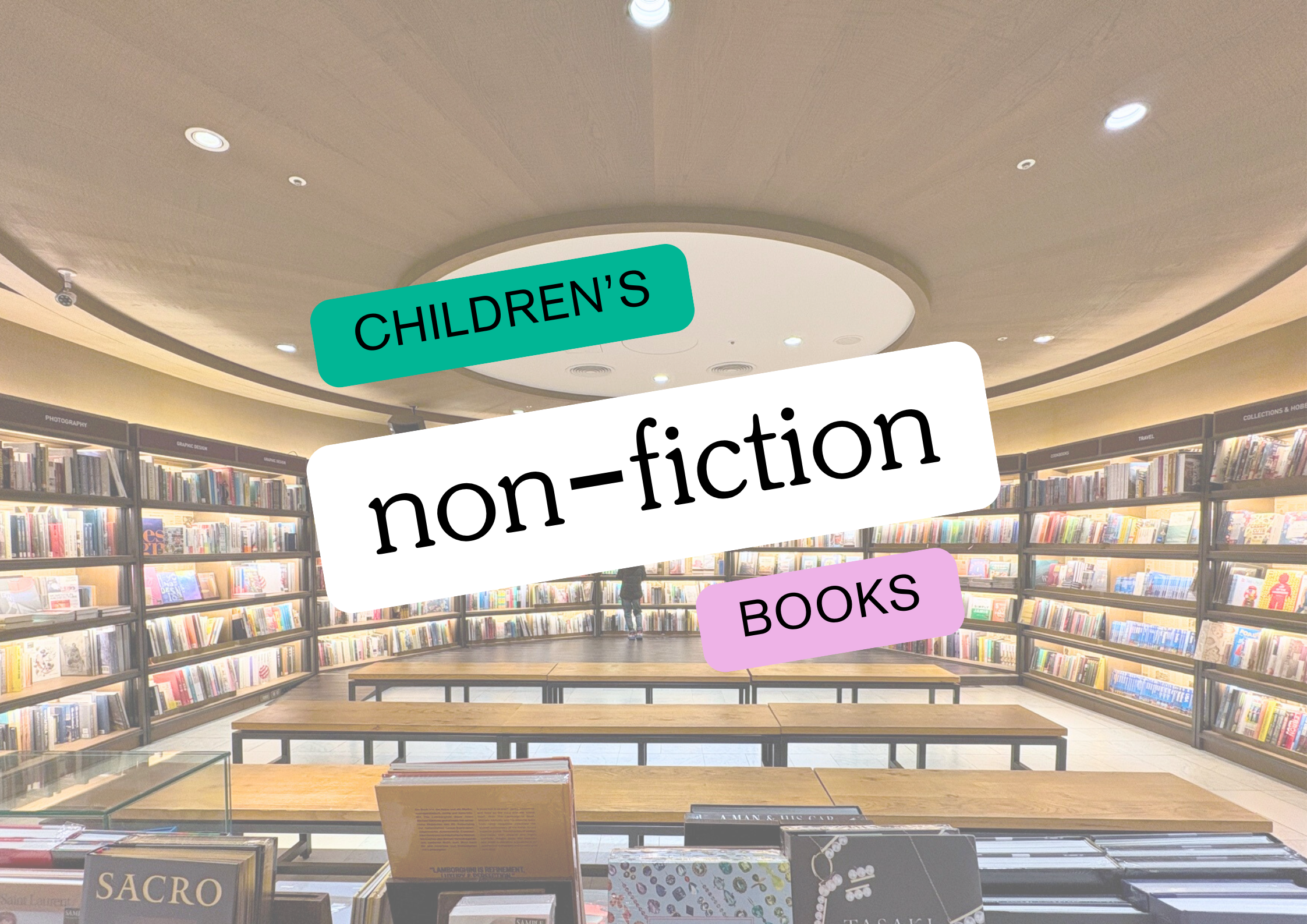- October 25, 2025
- 439
- Educational Resources , Hot Tips
- 0 comment
The New “AI Tutor” Trend
AI has quietly become part of our children’s learning journey, from apps that mark work automatically to personalised learning platforms and even chatbots that “talk” to kids.
It does sound promising. Who wouldn’t want an always-available tutor that guides our child anytime and gives instant feedback?
But before we jump on the AI bandwagon, it’s important to ask – can AI really help our kids learn more effectively and in this case, perform better in their Chinese Oral exams? And what do kids actually struggle with most when it comes to Chinese Oral?
What Examiners Actually Look For and Common Struggles Kids Face
We spoke with Dan Tang, Founder of VocabKing, who has helped thousands of students master PSLE Chinese and he’s noticed one key challenge most parents face: getting kids to actually speak Chinese confidently.
“With AI, we can finally tackle one of parents’ biggest pain points — Chinese oral,” Dan shares.
The oral exam makes up 25% of the PSLE Chinese score, and it’s often the deciding factor between grades. But many parents admit it’s the hardest part to help with at home and that’s exactly where AI can make a real difference.
So what are examiners really looking for? According to Dan, it’s not about memorising model answers anymore. “Oral today is about thinking, expressing, and conversing naturally in Chinese,” he explains.
In recent years, PSLE oral questions have become more open-ended. For instance, “阅读很有趣。你同意吗?” Students are now expected to share opinions, give reasons, and show they can think critically.
Examiners also notice students who can sustain a conversation and not just give short, one-line replies. “Those who speak clearly, use varied vocabulary, and bring in their own experiences tend to score higher,” Dan adds.
With the recent shift towards opinion-based questions, many kids are finding it even tougher.

Here are some of the most common struggles:
1. Underdeveloped answers – children give a basic reply but struggle to add reasons, examples, or personal opinions.
2. Direct translation from English – many kids think in English first, then translate word-for-word, which often leads to awkward phrasing or inaccurate expressions.
3. Difficulty expressing personal viewpoints – many children are not used to giving opinions in Chinese, so their answers lack depth, examples, or personal reflection.
4. Struggling with follow-up questions – when the examiner asks “Why?” or “Can you explain more?”, kids often repeat themselves or get stuck.
5. Limited vocabulary for bigger ideas – describing a picture is manageable, but when it comes to values, preferences, or abstract thoughts, they run out of words and get stuck.
These challenges show why oral preparation shouldn’t just rely on memorising model answers. What children need is consistent practice that builds fluency, confidence, and the ability to think on their feet.
Why Generic AI Tools Alone May Not Be Enough
Focus on Vocabulary & Model Answers, Not Opinion & Reasoning
Many platforms provide sample/model scripts and drills focusing on describing scenes, repeating set phrases, or vocabulary building. But with opinion-based questions increasing, children need to formulate and defend opinions, compare, reason, evaluate, etc. Generic tools often don’t train for that.
Limited Feedback on Tone, Fluency, and Natural Speech
Some tools check if words are correct or if the sentence structure is correct, but they don’t give feedback on how natural the speech sounds: rhythm, pauses, intonation — all of which examiners assess.
Can’t Simulate Real Conversations
Most AI tools only grade pronunciation or single sentences. They don’t replicate the back-and-forth flow of an oral exam where the examiner asks follow-up questions.
No Local Exam Context
Many tools are built for general Mandarin learners, not Singapore’s PSLE oral format. They miss out on what local examiners actually test: opinions, reasoning, and personal viewpoints.
Making Oral Practice Practical and Effective
Many parents struggle with how to help their kids speak confidently in Chinese, rather than just memorising answers, something tuition centres often focus on by giving students model answers to repeat.
VocabKing is Singapore’s no.1 personalized AI platform for Chinese learning, designed specifically to help students excel in Chinese Oral. Unlike generic tools, it makes practice practical and relevant, giving children the chance to speak naturally, build fluency, and handle unexpected questions with confidence.

VocabKing bridges the gaps with features parents and kids love:
1. Reading Intelligence™ → gives instant feedback on tone, pronunciation, and fluency, so kids can see exactly where to improve.
2. AI Voicebot Conversations → feels like talking to a real person, helping children practise thinking and responding on the spot instead of memorising scripts.
3. Mock e-Oral Practice → simulates the real exam environment, so kids get used to handling questions and follow-ups without feeling nervous.
4. Fun and Stress-Free → practice is interactive and engaging, so children actually want to do it consistently.
5. Award-Winning AI → trusted and tested, giving parents confidence that their child is practising with a high-quality tool.
Together, these features make oral practice practical and effective, helping children approach their oral exams feeling prepared, not pressured.
We’ve seen how VocabKing turns practice into something kids actually want to do and it’s a real game-changer. Let your child experience it and see the difference for themselves. Language learning thrives on early practice — Why not start now? Click here.







Add Comment